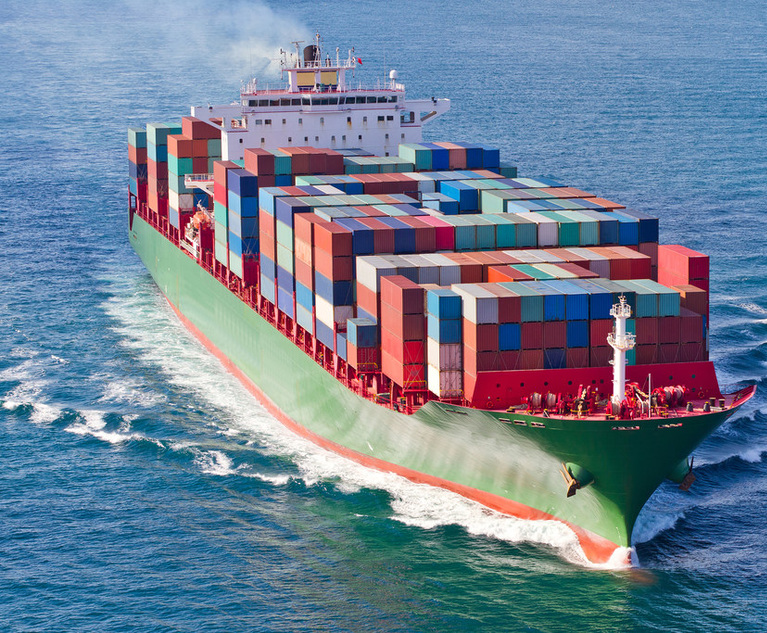Ordinarily, over 36,000 merchant ships pass through the Suez and Panama Canals each year representing about 30% of the world’s merchant fleet tonnage. This year, both canals face extraordinary events beyond their control, which are affecting vessel transits and arrivals across the globe. Following Hamas’ attack on Israeli citizens and Israel’s retaliatory response, Houthi rebels in Yemen funded by Iran have launched missile and drone attacks on merchant ships in the Gulf of Aden (Gulf) as they enter and depart the Red Sea. In response to these attacks, numerous major container carriers, as well as major oil and gas tanker operators and car carriers have suspended transits through the Gulf, and the United States is spearheading a multinational task force (Operation Prosperity Guardian) now heading toward the Gulf to protect the world’s merchant fleet. Meanwhile, the Panama Canal’s Lake Gatun is suffering from an unprecedented drought causing significant delays for vessels transiting between the Gulf of Mexico and Pacific Ocean. Currently, traffic flow is about 75% of normal capacity. Water levels have plunged due to El Niño, a variant of the El Niño/Southern Oscillation (ENSO) that generates above-average water temperatures across the eastern equatorial Pacific Ocean every two to seven years.
These two canals are vessel traffic choke points. Recall the container ship Ever Given closed the Suez Canal for six days in 2021 when it plowed into the canal’s east bank and completely blocked traffic north and southbound. That closure slowed trade between Europe, the Middle East and Asia. Similarly, the decision by major merchant vessel operators to suspend Suez routes will require the affected vessels to transit around South Africa’s Cape of Good Hope adding thousands of freight miles and numerous days of delay to their respective transits. For vessels transiting to Europe, the added voyage duration will increase the air emissions subject to the European Union’s Emissions Trading System (ETS), which took effect Jan. 1, 2024. Fifty percent of such air emissions will be subject to ETS taxation. Further, for those vessels willing to take the risk, additional war risk premiums (AWRP) provide coverage for transits through high-risk areas with charterers directing the vessel through such areas bearing the burden.


 Credit: EvrenKalinbacak/Adobe Stock
Credit: EvrenKalinbacak/Adobe Stock



